Panasonic will discontinue its solar and battery storage business, the company told its installation partners in a letter dated April 28. The letter, signed by Naoki Kamo, president of Panasonic Eco Systems North America, was shared in full by an installer on Reddit and partially published on the company’s website.
“We have made the decision to discontinue our solar and battery storage business line. This change allows us to focus on areas where we can have the greatest strategic impact. We remain confident in the technology and grateful to our partners and customers who have supported this journey,” Panasonic stated.
“We are committed to a smooth transition and will continue to provide customer support to existing customers, as well as future customers who are undergoing installations and commissioning. Please rest assured that all warranties will be honored for both installed products and those not yet installed. Where third-party warranties apply, we will continue to support our customers by providing clear direction and points of contact.”
While exiting the residential solar and storage market, Panasonic continues to invest in battery cell manufacturing for electric vehicles. Its $4 billion battery facility in the United States, announced in 2022, is scheduled for completion in the first half of 2025. The company also remains active in other clean energy technologies, including heat pumps.
This announcement marks the end of Panasonic’s role in the solar industry, a position it cemented after acquiring Sanyo in 2009. Sanyo, a pioneer in heterojunction solar cell technology, was fully integrated into Panasonic by 2011. Its HIT (heterojunction with intrinsic thin-layer) modules – launched in 1997 – were the world’s first commercially available heterojunction (HJT) solar panels.
According to the company, the “solar cells used are a hybrid with a unique structure comprised of a thin mono-crystalline silicon wafer surrounded by ultra-thin amorphous silicon layers,” a design praised for its strong performance in high temperatures and real-world conditions.
Following the rebranding of Sanyo’s HIT modules under the Panasonic name, the company remained a prominent player in residential solar, eventually expanding its product line to include Evervolt battery systems and all-black HJT modules with conversion efficiencies of more than 22%.
Despite its strong technology, Panasonic gradually shifted from in-house manufacturing to OEM partnerships as cost competition, particularly from Chinese suppliers, squeezed margins and reshaped the global solar market.
In 2021, the company officially exited the solar panel manufacturing business. One final release under the Panasonic brand followed, even after it had sold its solar module IP.
Although its HIT technology once led in efficiency, it was eventually overtaken by mono PERC and TOPCon cell designs. However, HJT has seen renewed interest in recent years and is often viewed as the most promising silicon-based platform for pairing with perovskite tandem cells.
This content is protected by copyright and may not be reused. If you want to cooperate with us and would like to reuse some of our content, please contact: editors@pv-magazine.com.
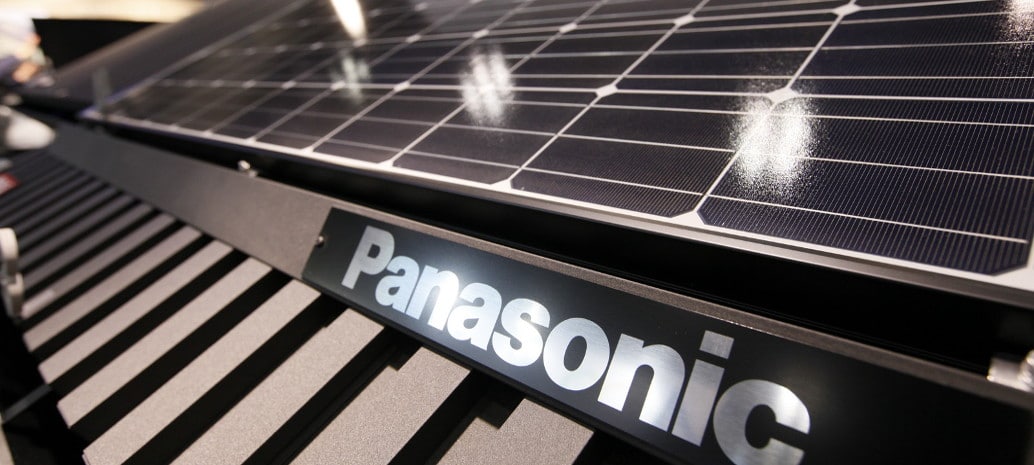
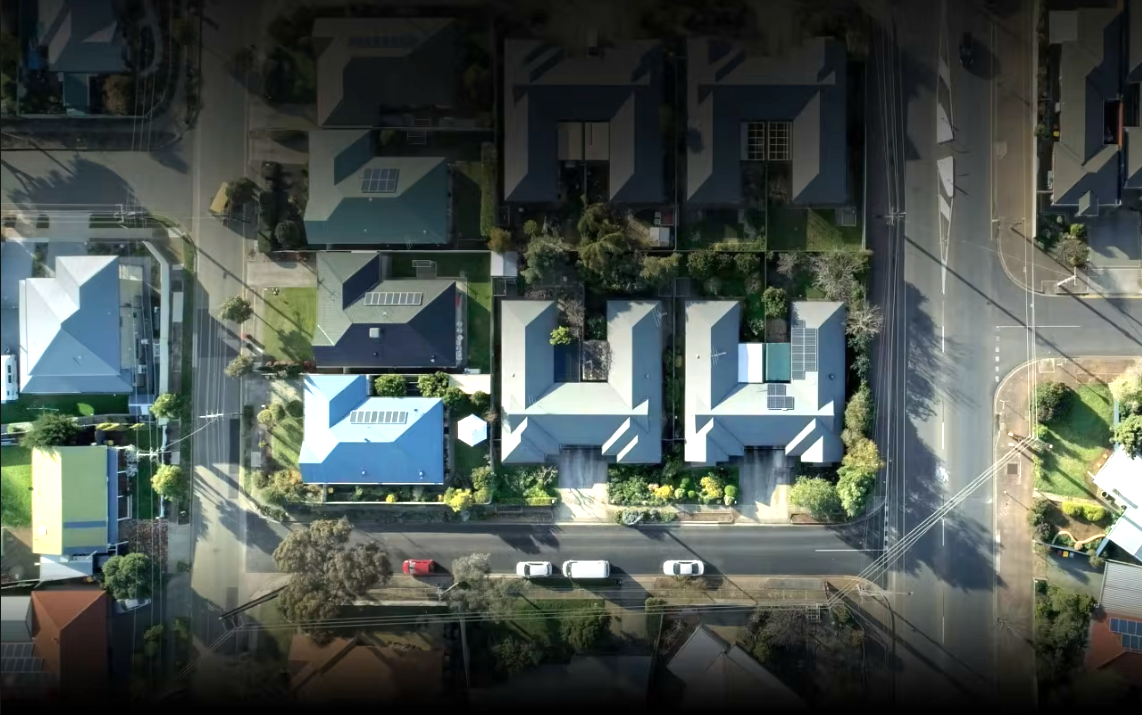

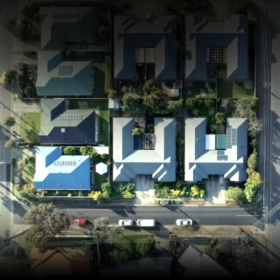
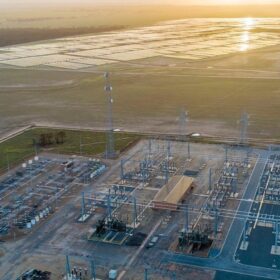
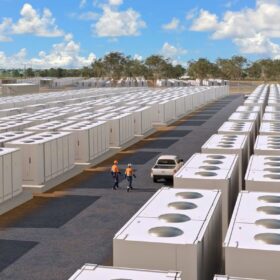
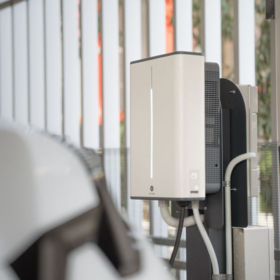

By submitting this form you agree to pv magazine using your data for the purposes of publishing your comment.
Your personal data will only be disclosed or otherwise transmitted to third parties for the purposes of spam filtering or if this is necessary for technical maintenance of the website. Any other transfer to third parties will not take place unless this is justified on the basis of applicable data protection regulations or if pv magazine is legally obliged to do so.
You may revoke this consent at any time with effect for the future, in which case your personal data will be deleted immediately. Otherwise, your data will be deleted if pv magazine has processed your request or the purpose of data storage is fulfilled.
Further information on data privacy can be found in our Data Protection Policy.